Frequently Asked Questions
These FAQs were updated in September 2025. We are currently implementing Phase 1 of the project (modifications to Park Road and construction of contractor use area) and working through finalizing design and permitting for Phase 2 (instream work). This webpage will be updated as this project progresses to provide the most up to date and accurate information.
Why is the Iron Canyon fish passage improvement project important?
Currently, remnants of an old, damaged fish ladder and rock fall block upstream movement (migration) for Central Valley spring-run Chinook salmon and Central Valley steelhead in Big Chico Creek.[1] Big Chico Creek has the potential to support the recovery of these listed, threatened species, but current conditions prevent them from accessing the habitat they need to complete their lifecycle. Alleviating this fish passage barrier in Big Chico Creek is identified as a Priority 1 Action by the National Oceanic and Atmospheric Administration (NOAA), [2] and as a fish passage priority by California Department of Fish and Wildlife (CDFW).[3]
Chinook salmon and steelhead are anadromous. They spawn in Big Chico Creek, migrate to the ocean, and return to Big Chico Creek years later to finish their lifecycle. Without restoring fish passage, salmon and steelhead migrating through the creek are blocked from reaching areas where water temperatures remain cool throughout summer. For example, in 2019, several hundred spring-run Chinook salmon migrated up Big Chico Creek. Because of the fish passage barrier at Iron Canyon, these salmon were forced to hold at Salmon Hole where water temperatures were too warm and recreational use high. Most, perhaps all, of those salmon perished before they spawned (laid eggs). The Iron Canyon Fish Passage Project will allow salmon and steelhead to reach necessary upstream habitats that provide cold water and refuge from recreational users. Fish passage through Iron Canyon must be restored to allow Big Chico Creek to support and sustain populations of anadromous fish species, such as salmon and steelhead. As Tracy McReynolds from the California Department of Fish and Wildlife stated, “Big Chico Creek is well suited to support populations of both Chinook salmon and steelhead/resident rainbow trout in the 24 miles of the stream accessible to anadromous fish. Two large water pools exist on Big Chico Creek in this reach that could support a decent size population of Chinook salmon providing the cool water temperatures that are required to hold over summer.”
What could future population numbers look like for Chinook salmon and steelhead in Big Chico Creek?
A spawning habitat suitability report lead by FISHBIO estimates the creek could provide habitat for as many as 368 salmon, a significant population which could lead to this threatened species’ resiliency and recovery.[4]
Which species benefit from this project?
This project will help state- and federally-threatened Central Valley spring-run Chinook salmon and federally-threatened Central Valley steelhead reach their spawning grounds to lay their eggs. These ocean-going fish bring back many nutrients from the ocean, nourishing the natural environment. Wildlife, such as bears, otters, foxes, and raccoons, as well as many bird species are known to feed on salmon carcasses. Decaying salmon release nutrients into the creek, supercharging the food chain that their offspring rely on to grow. This benefits other fish species as well. Riparian (streamside) vegetation, which provides cover and refuge for fish and other animals, also receives a boost from this “salmon fertilizer,” in fact it is thought that streamside vegetation gets as much as 25% of its nitrogen from salmon. [5] In addition, other native wild fish such as riffle sculpin, suckers, lamprey, hardheads, and pikeminnow and three species of native mussels will benefit from this project by enhancing passage at Iron Canyon.
How soon will the project provide ecological benefits?
Immediately. While it is difficult to predict when Chinook salmon will next attempt to migrate up Big Chico Creek, steelhead likely use the creek on an annual basis and will benefit from improved passage during the first winter after completion. Other native migratory fish species are also expected to immediately benefit from the improved access to the upper reaches of Big Chico Creek.
What benefits will this project provide beyond ecological benefits?
In addition to community outreach events concerning the health of fishes in the Big Chico Creek watershed, this project also includes a public education component. Connecting adults and children to native fish populations and restoration actions will encourage stewardship and community resilience in the long-term. Climate resilience and connection to the Mechoopda Tribe will be highlighted in outreach and education materials.
How will salmon know to return to the Big Chico Creek once the project is complete?
Salmon and steelhead are excellent at finding the rivers and creeks where they were born. They use the earth’s magnetic field like a compass and a keen sense of smell to find their way. Occasionally, some will get adventurous and return to other nearby creeks instead of their natal creek – this is called straying. Straying is an important behavior for salmon and helps them find new spawning grounds (expanding their habitat portfolio so-to-speak). This behavior is how salmon find Big Chico Creek, even if they weren’t born here. Once these fish begin to spawn in Big Chico Creek, their offspring will know how to make it back to their natal waters, Big Chico Creek.
Why should money be used on this project instead of other restoration projects?
The National Oceanic and Atmospheric Administration lists Big Chico Creek as critical habitat for Central Valley spring-run Chinook salmon and Central Valley steelhead. Alleviating the barrier at Iron Canyon is listed as a priority action by NOAA, CDFW, and is listed in the Bidwell Park Master Management Plan. The Recovery Plan for Central Valley spring-run Chinook salmon and Central Valley steelhead acknowledges the importance of small and peripheral populations (also known as Core 2 populations), like those that frequent Big Chico Creek, in contributing to species viability by providing increased life history diversity and buffering against local catastrophic occurrences that could affect nearby populations.
Are there any other fish barriers downstream of the Project?
Salmon and steelhead use Big Chico Creek and the Lindo Channel as a migration corridor. These fish can migrate past the One Mile and Five Mile dams, however, these obstructions may delay species migrating upstream and could likely be improved so that salmon and steelhead can reach their holding and spawning habitat as quickly as possible. Efforts are being made to evaluate fish passage conditions and possible improvements at One Mile and Five Mile dams as well as the Lindo Channel dam.
How will we know if salmon will return? Who is monitoring progress?
We are using a local fisheries consultant to assess the populations of existing and returning salmonids and other native fish for three years before project completion and up to five years after project completion. The results will be made available to the public via CalTrout’s webpage.
Is this project impacted by the Park Fire?
The Park Fire burned much of Big Chico Creek’s watershed, ranging from low to high soil burn severity.[6] Luckily, many fish species, particularly salmon, have evolved to thrive in dynamic environments and often adapt to new conditions. While wildfires can initially cause habitat degradation due to sediment influx and water quality issues, these effects are often temporary. Over time, ecosystems recover from fire, and fish populations may even benefit from the structural and nutrient changes that fire brings to their environment.
In preparation of winter rains and in hopes of reducing sediment influx, the Big Chico Creek Ecological Reserve installed 1,700 sediment retention structures on the Reserve and upstream lands. To date, 60,000 cubic feet of sediment has been captured by those structures. Promisingly, after the early August storms that caused Big Chico Creek to turn brown, a snorkel survey showed an abundant rainbow trout population (estimated to be three times as high as the previous year![1]
What does this restoration project entail?
The purpose of the Big Chico Creek Iron Canyon Fish Passage Project is to alleviate a fish passage barrier in the form of large boulders and a high vertical drop to allow two listed salmonid species (spring-run Chinook salmon and steelhead trout) and other native fish species access to optimal habitat upstream. Project objectives are to increase water depth at low flows; reduce channel velocity and vertical drops; increase existing pools or create new pools; and create variable swim paths. This will be accomplished by removing the old, dilapidated concrete fish ladder weirs and modifying the current existing instream configuration of boulders. The anticipated modifications will create a natural step-pool fishway that will allow for successful fish passage at a range of flow regimes.
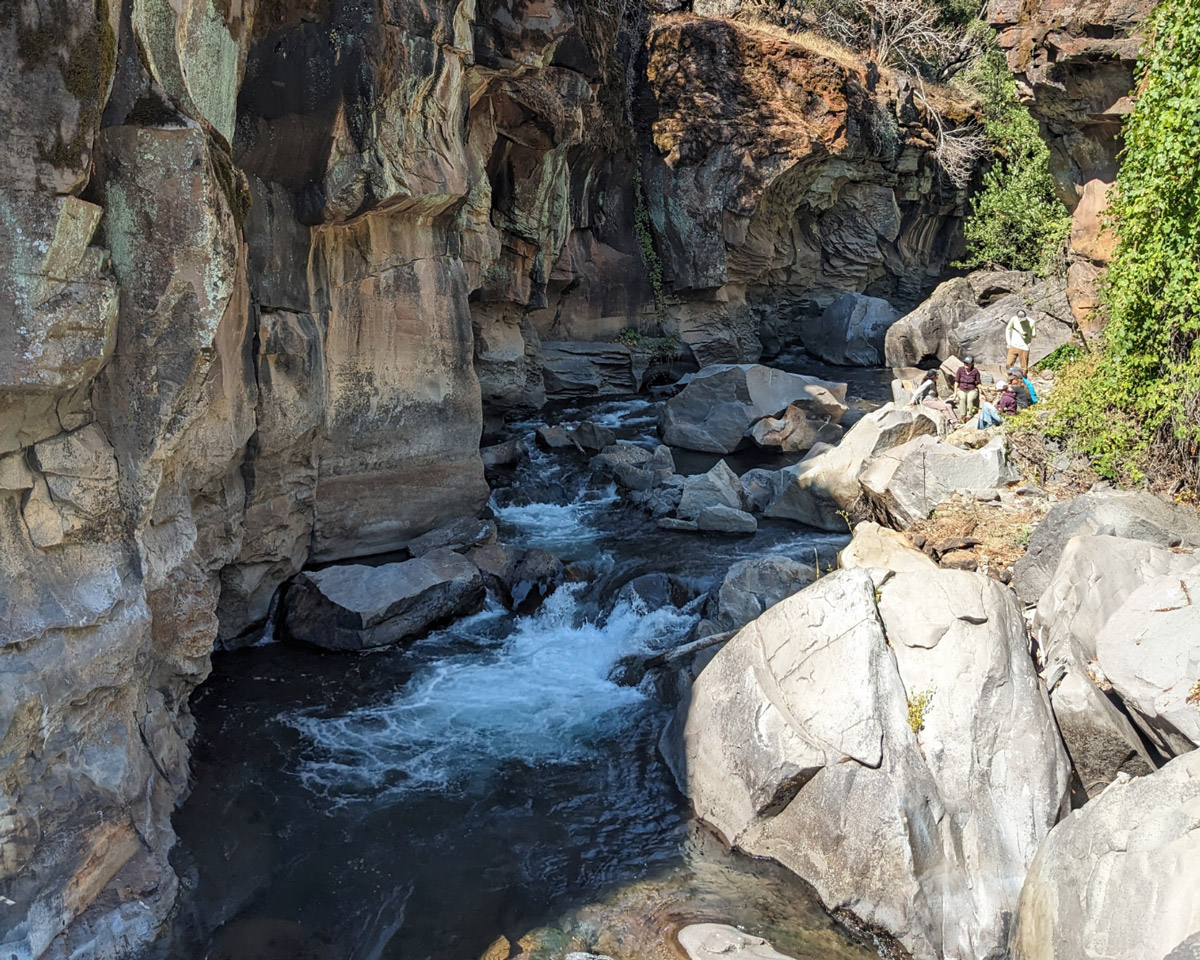
What is the design process for this project?
A survey has been conducted for the project reach to support design and to document existing channel slopes, boulder configuration, channel width, jump heights, pool depths, bed material, and flow characteristics (i.e., velocity and depth). The survey included low altitude aerial photography from a unmanned aerial vehicle (UAV) to generate a point cloud and high resolution georectified aerial image, ground-base simultaneous localization and mapping (SLAM) of selected areas to map overhangs and sieves between boulders not captured through aerial photogrammetry, single beam sonar for bathymetry of large areas below the water surface, and a total station survey of the channel thalweg, hydraulic controls, and to provide a unique ID for large individual boulders.
In addition to the pre-construction survey of the project reach, at least one reference reach has been identified and surveyed. The reference reach was selected because fish are known to pass, albeit with difficulty. The reference reach survey was less robust than the project reach survey but sufficient enough to determine the channel slope, channel width, jump heights, pool depths, bed material, and flow characteristics. The resulting metrics from the reference reach will be used during the design process following a stream simulation design approach where conditions within the design reach are intended to provide similar or better passage conditions when compared to the reference reach. As part of the design process, the selected project design criteria will be presented and compared to existing regulatory design criteria.
How sustainable is this project’s design?
The overall design of this project is to mimic existing fish passage conditions downstream of the project following a stream simulation approach. This approach is intended to not only create fish passage conditions similar to channel reaches within Big Chico Creek where fish are known to pass but to also mimic the sustainability of those reaches. For the proposed design approach, boulder movement may occur due to seismic or hydraulic forces, but the resulting outcome with respect to fish passage will likely be benign because manmade infrastructure (the existing fish ladder) will no longer be present nor will fish passage design be dependent on a boulder to remain in place. Utilizing the natural materials of the creek channel instead of the existing approach of installing concrete fish ladders will eliminate the negative effects of introducing concrete into the creek and reduce the need for maintenance and repair of the step-pool structures.
How will we know the design and construction have been implemented successfully?
Once the project is completed, resulting channel slopes, channel width, jump heights, and flow characteristics will be determined from the as-built post-construction survey and compared to the design target values for these metrics. In addition, snorkel surveys will be continued post-implementation. The outcome of the post-construction surveys will be documented and made available on the project’s webpage.
What is the timeline for this project?
While we finish up design of the instream portion of the project, we are implementing the needed modifications to the Park Road and construction of the contractor use area and crane pads near Parking Lot P. Environmental permitting is complete for the Park Road and contractor use area, while instream permitting is almost complete. Both CEQA and NEPA are complete. 100% Design for instream work is scheduled to be completed by January 2026. Instream work will begin in late spring/early summer of 2026.
What will construction look like for this project?
The Upper Park Road will require some modifications to accommodate transportation of large equipment and material delivery. As recommended by an engineer, modifications to Upper Park Road will involve vertical and horizontal curve modifications and selective removal or limbing of trees. This does NOT include paving Park Road. At Parking Lot P, a temporary access road with a looped turnaround will need to be constructed to access the Contractor Use Area in which equipment and materials will be staged. Fabric will be laid over existing grade and filled with all-weather rock. Within the Contractor Use Area, two crane pads will be constructed using the same approach as the temporary access road. Before instream work, any rockfall hazards will be mitigated using various techniques. A temporary dewatering system will be installed to bypass stream flows around the site during construction. Boulders identified to be removed from the stream channel will be hoisted out of the canyon by a 350-ton crane on the north side of the canyon. Boulders that are too heavy to be removed in one piece will either be dry jackleg drilled or line-split into manageable sizes. No explosives are to be used. Some boulders removed will be placed back into the channel to form hydraulic structures designed to create a natural step-pool fishway. In total, approximately 550 feet of instream work will be performed.
What activities will occur after construction?
Once the project is complete, all construction equipment and material will be demobilized from the site. The temporary access road to the canyon edge and crane pads will be deconstructed and restored to pre-project conditions. The Mechoopda Indian Tribe will lead the effort to restore the project site with culturally and ecologically important native plants. Rocks will be broken up to a predetermined size for the City of Chico to use at their discretion.
How long will construction last?
Our estimation at this time based off the construction timeline for a similar project that was recently completed (Battle Creek Eagle Canyon Fish Passage Project) includes 45 days of site preparation in Fall of 2025 and one or two seasons (Summer of 2026 and 2027) of instream work (when a crane will be onsite and rock drills will be used) of 100 days each. If two seasons of instream construction are needed, the crane will be taken off site over winter and spring.
Will people have access to the park during construction?
The immediate construction site is about an 800-foot stretch of canyon starting 0.20 miles upstream of Salmon Hole and a section of the north side bluff above Iron Canyon near Parking Lot O.[7] This section will not be available to the public during construction. However, we will have public outreach events near the site for the public to learn more about the project and view it from a safe distance. During construction, a section of Yahi Trail will be closed to recreationists for safety reasons. This closure will start just upcanyon from Salmon Hole, allowing recreationists to still access Salmon Hole. For those who wish to travel past this closure point on Yahi Trail, the 0.6 mile section of Yahi Trail from Parking Lot N/Salmon Hole to Parking Lot P will be rerouted to the road.[8] All other trails in the park will remain accessible. Recreationists will not be able to access the stream channel within the construction site during construction, however, popular swimming holes upstream (Brown’s Hole) and downstream (Salmon Hole, Bear Hole, Day Camp, and Alligator Hole) will be accessible.
Will I be able to hear the construction if I live nearby or am in Upper Park?
The loudest activity will be when rock drills are used. These can produce sounds up to 120 decibels at a distance of 1 meter, which is about as loud as a gas-powered chainsaw. Additionally, rock drills use a compressor that produces sound up to 76 decibels. The combination of both the rock drill and the compressor will not amplify the loudness of construction noises. This is because if two sound levels differ by 10 decibels or more, the combined sound pressure level is equal to the higher sound pressure level; the lower sound level will not increase the higher sound level.[9] The use of rock drills will also be temporary, only used over one to two summer construction seasons. Visitors to Upper Park during this time may experience intermittent construction noises, and will be most noticeable if you are recreating near Iron Canyon. If you are up on the trails along the rims of Bidwell Park or further up or downstream of the site, construction noises will be greatly reduced and may even be imperceptible.
How do we know this? Sound attenuation, the decrease in decibels over distance, follows Geometric Spreading principles. For a localized point sound source such as a rock drill, each doubling of distance away from the source leads to a 6-decibel reduction. Ground absorption adds sound attenuation value of 1.5 decibels. This makes for a total of 7.5 decibel decrease for each doubling of distance.[9] For this project, a 120-decibel noise level created by a rock drill will be at 60 decibels (as loud as a normal conversation) at 0.15 miles from the source. This does not take into consideration atmospheric effects (which can increase or decrease attenuation) and sound shielding by natural features (i.e., reduction of sound by the canyon walls). However, Geometric Spreading and Ground Absorption principles can be used as a general guideline when discussing noise effects of this project.
How will construction impact visitor experience?
We understand construction activities may hamper visitors’ enjoyment of nature; however, these activities are necessary for the project to be successful and will only be temporary. Recreation will be temporarily disturbed, as people not associated with the project will be unable to access the project site during construction. Increases in noise from the operation of construction equipment could also result in short-term adverse impacts to recreational activities in the area surrounding the project site. However, moderate long-term benefits for recreationists arise from minor adverse effects.[10] This is because fishway projects such as Iron Canyon Fish Passage Project may increase recreational and nature-viewing opportunities due to the greater positive ecological benefits that these types of projects have for those that visit the area.
What other plant and animal species are being considered in this project?
Numerous other plant and animal species call Bidwell Park and the Big Chico Creek watershed home, some of which may be found in and around the project site. All sensitive plant and animal species will be considered. All regulatory agency requirements and best practices will be followed, and avoidance and minimization measures will be put in place to prevent or reduce any potential impacts to sensitive plant and animal species to a less than significant level.
Where will the removed boulders go?
Some boulders will be placed back into the canyon to create hydraulic structures. Excess rock will be kept in the park for the city to use at their discretion.
How much will maintenance of the project site cost?
Operations and maintenance of the site post revegetation will not cost the public or the city any money. Because no manmade materials are being used, the project will be self-sustaining with no future operation or maintenance.
How will education initiatives be assessed?
As with all grants, pre-determined deliverables including education initiatives have been provided to the funder. Project progress reports are required to be submitted to the funder regularly.
How will worker safety be monitored?
Construction subcontractors are required to follow all Cal/OSHA laws.
[1] 2024 Big Chico Creek Fish Population Survey, FISHBIO
[3] CDFW’s 2023 Fish Passage Priority List
[4] Big Chico Creek Habitat Suitability Report, FIHBIO
[5] Why Fish Need Trees and Trees Need Fish, Alaska Department of Fish and Game
[6] Park Fire BAER Soil Burn Severity Map, USDA Forest Service
[7] Project Map
[9] Butte County General Plan – Noise Chapter – highlighted for ease of locating sources
[10] NOAA Restoration Center Programmatic Environmental Impact Statement- Final


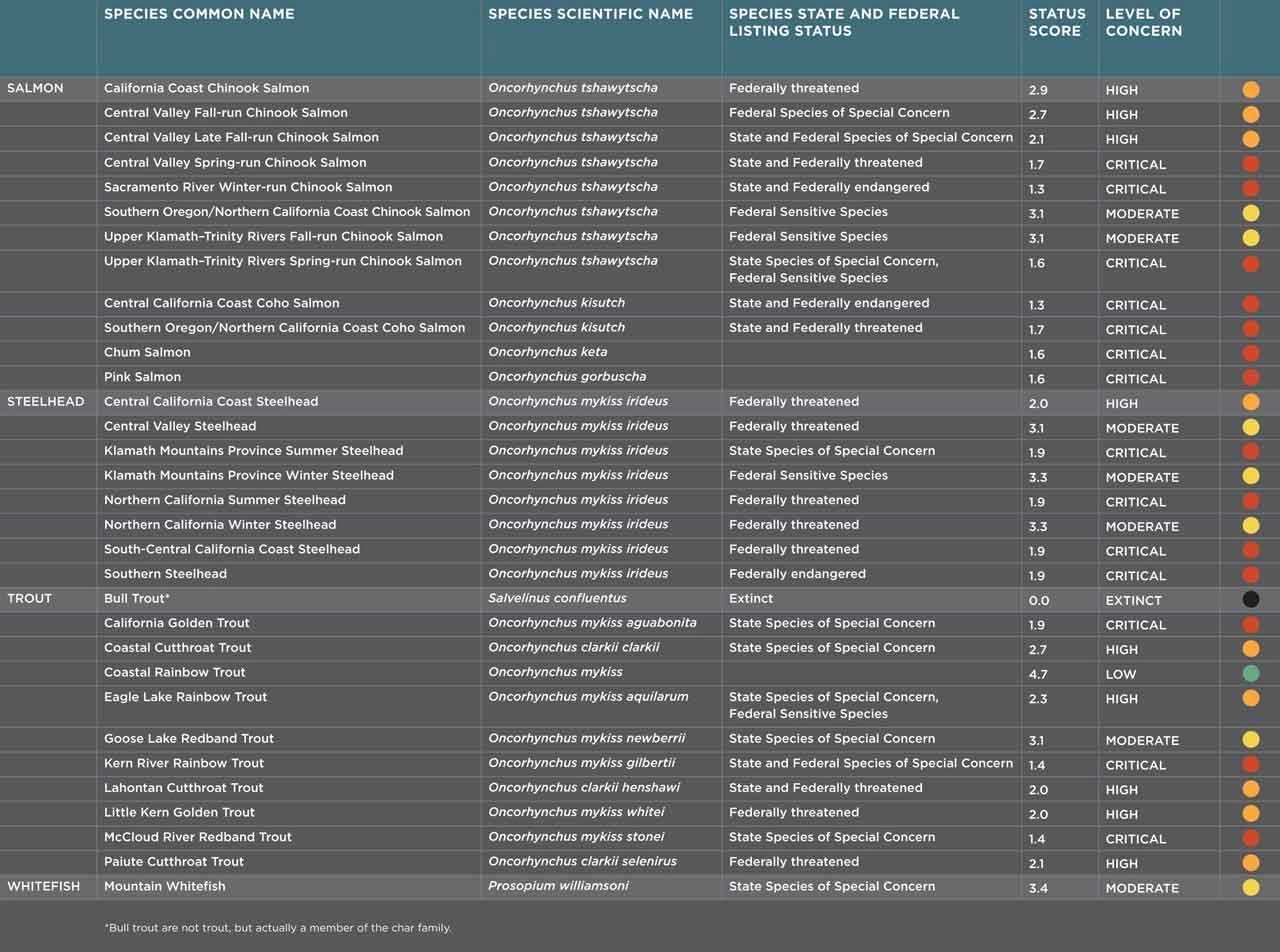
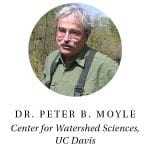
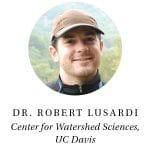

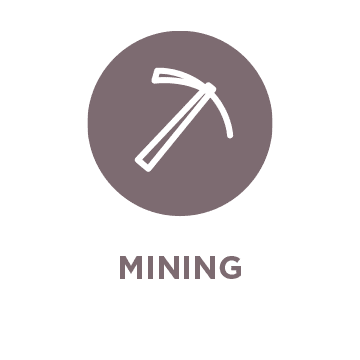
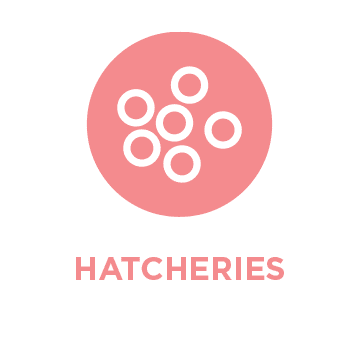
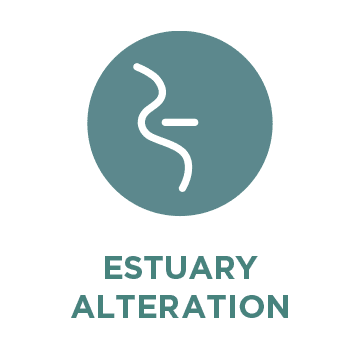
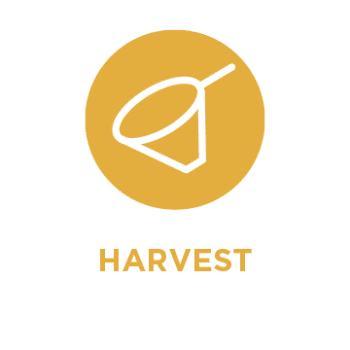

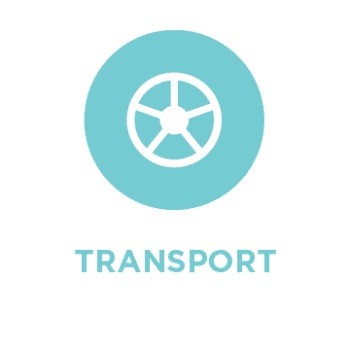
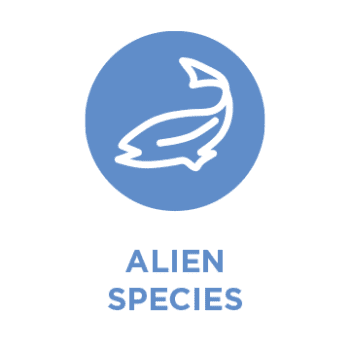
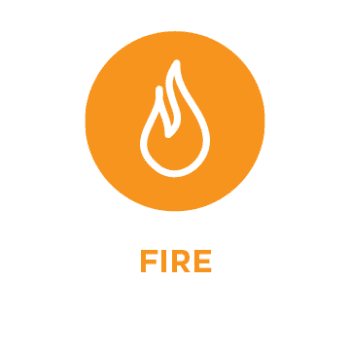
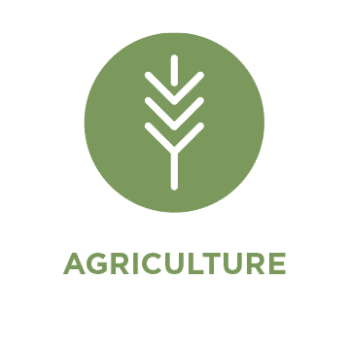
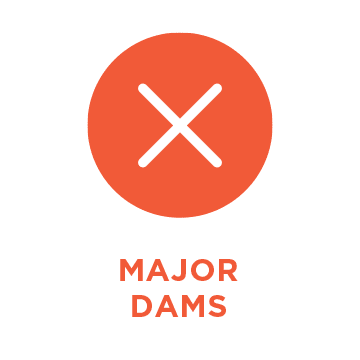 Dams block access to historical spawning and rearing habitats. Downstream, dams alter the timing, frequency, duration, magnitude, and rate of change of flows decreasing habitat quality and survival.
Dams block access to historical spawning and rearing habitats. Downstream, dams alter the timing, frequency, duration, magnitude, and rate of change of flows decreasing habitat quality and survival.